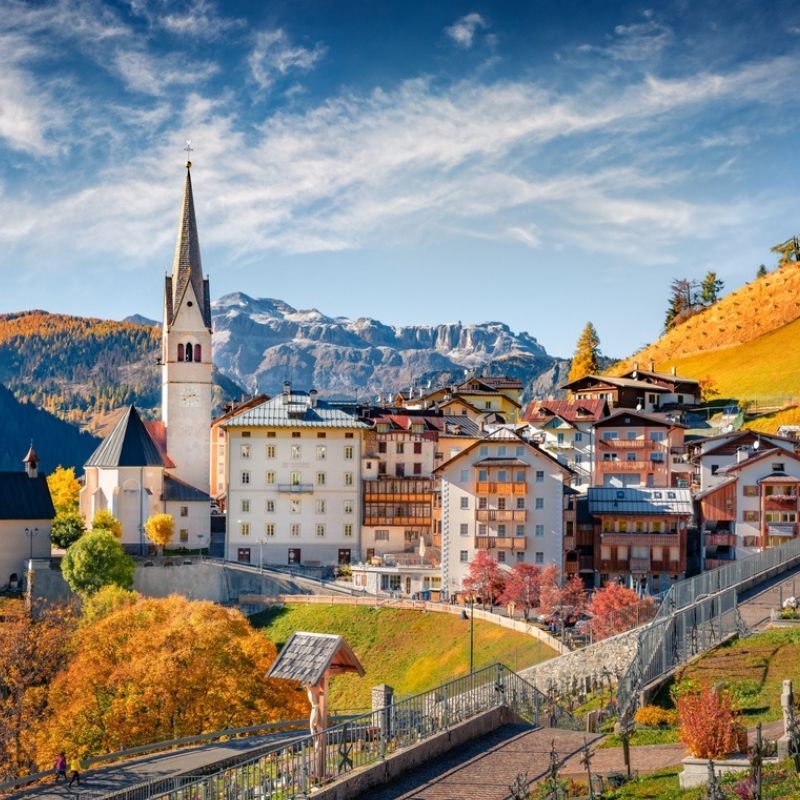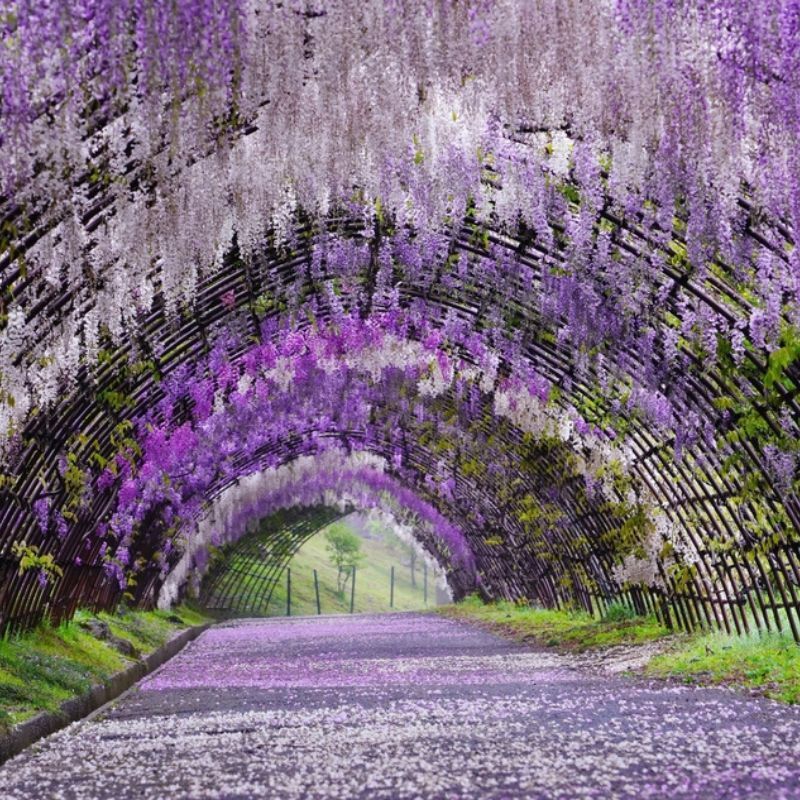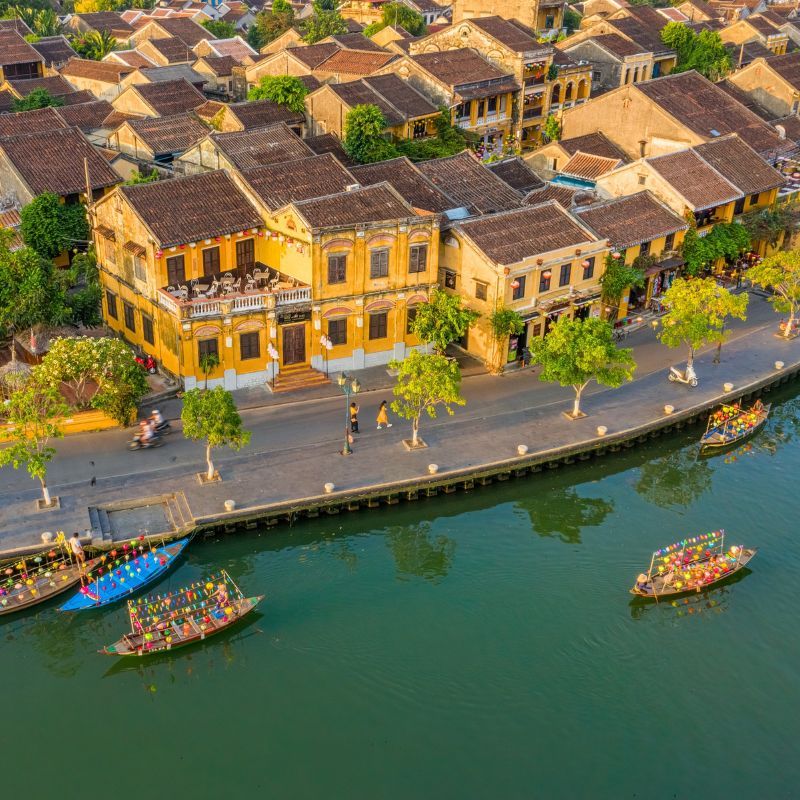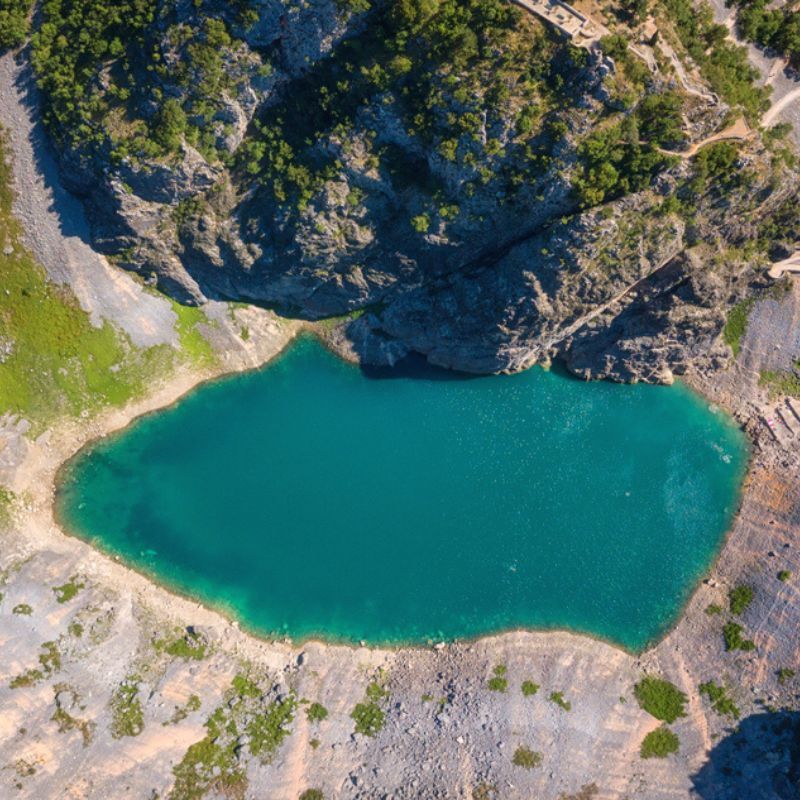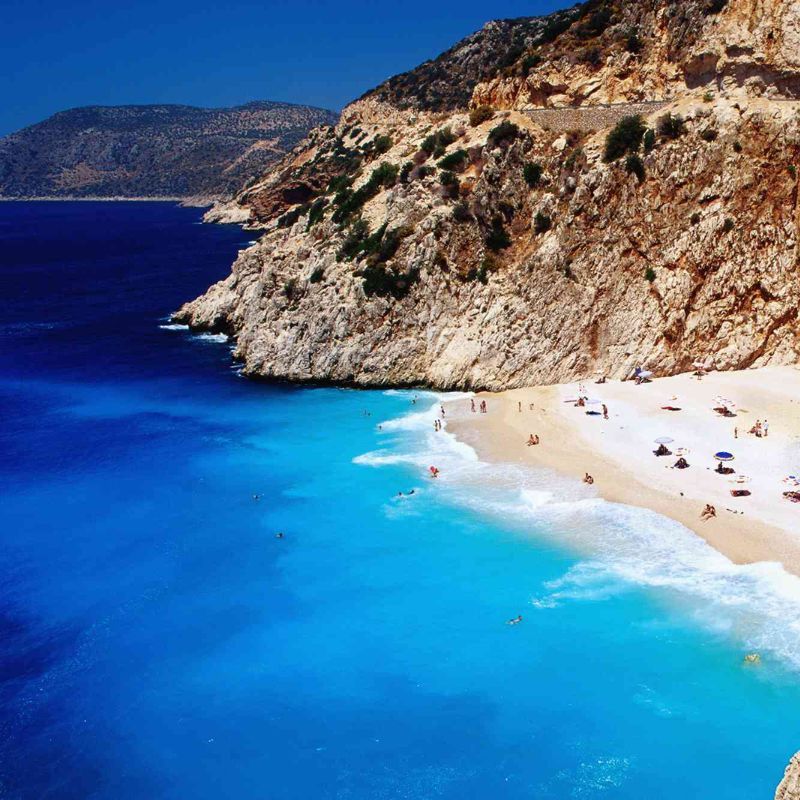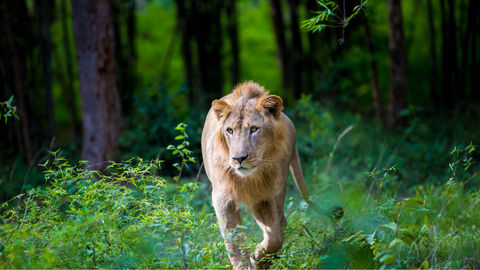
Kuno Palpur Wildlife Sanctuary, Madhya Pradesh, will finally welcome the Asiatic Lion after 29 long years of planning. The sanctuary will be India’s second home for the mighty Asiatic Lion. By Ritika Dixit
Kuno Palpur Wildlife Sanctuary in Barkheda, Madhya Pradesh, is on its way to becoming a second home in India for the Asiatic Lions after Gujarat’s Gir Forest, which has been the only refuge for the species of the big cat in the country. A plan of action is being executed to relocate several lions to Kuno Palpur Wildlife Sanctuary, which has been a royal hunting ground in the past.
It was numbered as low as 523 in 2015, the plan of relocation was initiated in efforts to prevent the decline, or even possible extinction, of the big cat in a single habitat because of natural disasters, epidemics, the decline in prey and retaliatory killings. The habitat at Kuno Palpur Wildlife Sanctuary has been tailor-made for the new guests with large populations of natural prey like nilgai, chital, sambhar, and chinkara for the lions.
The first phase of relocation will have two prides of lions from the Gir make 1,100 km from Gujarat to Madhya Pradesh. Under the same biographic zone as the Gir forests, Kuno Palpur Wildlife Sanctuary features semi-arid vegetation to make the transition convenient for the Asiatic lions. Twenty-four villages have been relocated out of Kuno for the convenience of movement for the big cats without any human-wildlife conflict in the area.
The final aim of the plan of relocation is the creation of a self-sustaining population of 80 lions in the sanctuary, but it is far ahead in the future and may take up to 30 years to be achieved. The relocation of lions at Gir is finally underway 29 years after the plan was first proposed.
Related: Catch A Glimpse Of Corbett National Park Through Wildlife Photographer Sudhir Shivaram’s Lens





